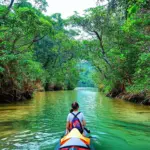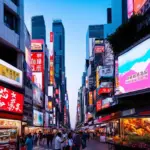Have you ever dreamt of stepping into a realm where majestic snow-capped mountains pierce the sky, ancient temples whisper secrets of the past, and the air is alive with the scent of pine and rhododendrons? This is Lijiang Shangrila, a region in Yunnan, China, that has captivated travelers for centuries with its unparalleled natural beauty and rich cultural heritage.
Lijiang Shangrila: A Journey Beyond Expectations
Imagine yourself strolling through the charming ancient town of Lijiang, a UNESCO World Heritage Site, with its beautifully preserved traditional architecture and cobblestone streets. You can hear the gentle tinkling of water flowing through the canals, creating a serene atmosphere. The surrounding mountains, adorned with lush forests and meadows, offer breathtaking views and endless opportunities for hiking and exploration.
A Symphony of Landscapes and Culture
Lijiang Shangrila is a true paradise for nature lovers. The region boasts diverse landscapes, from the towering peaks of the Haba Snow Mountain to the serene beauty of the Napahai Wetland, a haven for migratory birds. You can experience the thrill of conquering a mountain pass, the tranquility of gazing at the reflection of snow-capped mountains in a crystal-clear lake, or the wonder of witnessing the vibrant culture of the Naxi people.
The Timeless Beauty of Ancient Towns
Lijiang Ancient Town, with its charming wooden houses and canals, offers a glimpse into a bygone era. Stroll through the narrow streets, marvel at the exquisite architecture, and indulge in the local cuisine. You can also visit Shuhe Ancient Town, a quieter and less crowded alternative, where you can experience the authentic lifestyle of the Naxi people.
Shangrila County: A Land of Legends
Shangrila County, also known as Zhongdian, is nestled amidst the majestic Himalayas. This is where you can visit the iconic Songzanlin Monastery, a Tibetan Buddhist temple that exudes spirituality and grandeur. Explore the monastery’s intricate architecture, witness the colorful rituals, and experience the unique culture of Tibetan Buddhism.
Unveiling the Mysteries of Naxi Culture
The Naxi people, with their unique traditions and heritage, have lived in Lijiang Shangrila for centuries. Visit the Black Dragon Pool and witness the unique Naxi script, a pictographic writing system unlike any other. You can also learn about their unique Dongba religion and the fascinating Naxi music, characterized by its haunting melodies and ancient instruments.
Planning Your Journey to Lijiang Shangrila
Here are some helpful tips to make your journey to Lijiang Shangrila unforgettable:
- Best Time to Visit: Spring (April-May) and autumn (September-October) offer pleasant weather and vibrant scenery.
- Getting There: Lijiang has a domestic airport (LJG) and is accessible by train and bus.
- Accommodation: Lijiang offers a wide range of accommodation options, from budget-friendly hostels to luxurious resorts.
- Things to Do: Hike to the Haba Snow Mountain, explore the Napahai Wetland, visit the Black Dragon Pool, experience the Dongba Culture in Lijiang Ancient Town, and take a scenic drive to Shangrila County.
Common Questions About Lijiang Shangrila:
Q: Is Lijiang Shangrila safe?
A: Lijiang Shangrila is a safe destination for travelers. As with any tourist destination, it’s always wise to be aware of your surroundings and take precautions against petty theft.
Q: What is the best way to get around Lijiang Shangrila?
A: Public transportation is readily available in Lijiang. Taxis, buses, and bicycles are all viable options for getting around. For exploring the surrounding areas, it’s recommended to rent a car or hire a local guide.
Q: What are the must-try local dishes in Lijiang Shangrila?
A: Lijiang Shangrila is renowned for its delicious cuisine. Some must-try dishes include:
- Naxi Stone Pot Chicken: A flavorful dish cooked in a stone pot with herbs and spices.
- Mushroom Soup: A hearty and delicious soup made with fresh mushrooms and local herbs.
- Tibetan Butter Tea: A traditional drink made with yak butter, salt, and tea.
A Tale of Two Travelers
Imagine two friends, Emily and David, planning their trip to Lijiang Shangrila. Emily, fascinated by the Naxi culture, wants to experience the ancient traditions and learn about the Dongba religion. David, an avid hiker, is eager to conquer the Haba Snow Mountain and witness the breathtaking landscapes.
As they embarked on their adventure, they found themselves immersed in a world of vibrant colors, ancient wisdom, and breathtaking beauty. They visited the Lijiang Ancient Town, explored the Shuhe Ancient Town, and learned about the unique Naxi script. David, fulfilling his dream, conquered the Haba Snow Mountain, while Emily found herself deeply connected to the spirituality of the Songzanlin Monastery.
Together, they shared the experience of a lifetime, creating memories that would forever bind them to the enchanting beauty of Lijiang Shangrila.
Embracing the Feng Shui of Travel
Feng shui, the ancient Chinese art of harmonizing with the surrounding environment, plays a crucial role in travel. In Lijiang Shangrila, the mountains and water create a harmonious balance of yin and yang, promoting peace and tranquility. By embracing the principles of feng shui, you can enhance your travel experience and create a sense of balance and harmony within yourself.
Discover Your Own Lijiang Shangrila
Lijiang Shangrila is more than just a destination; it’s an experience that transforms you. It’s a journey of discovery, a chance to connect with nature, culture, and yourself. Whether you’re seeking adventure, tranquility, or a glimpse into a world of ancient wisdom, Lijiang Shangrila has something to offer every traveler.
Don’t just dream about it. Live it. Book your trip to Lijiang Shangrila today!
To discover more travel destinations and experiences, visit travelcar.edu.vn
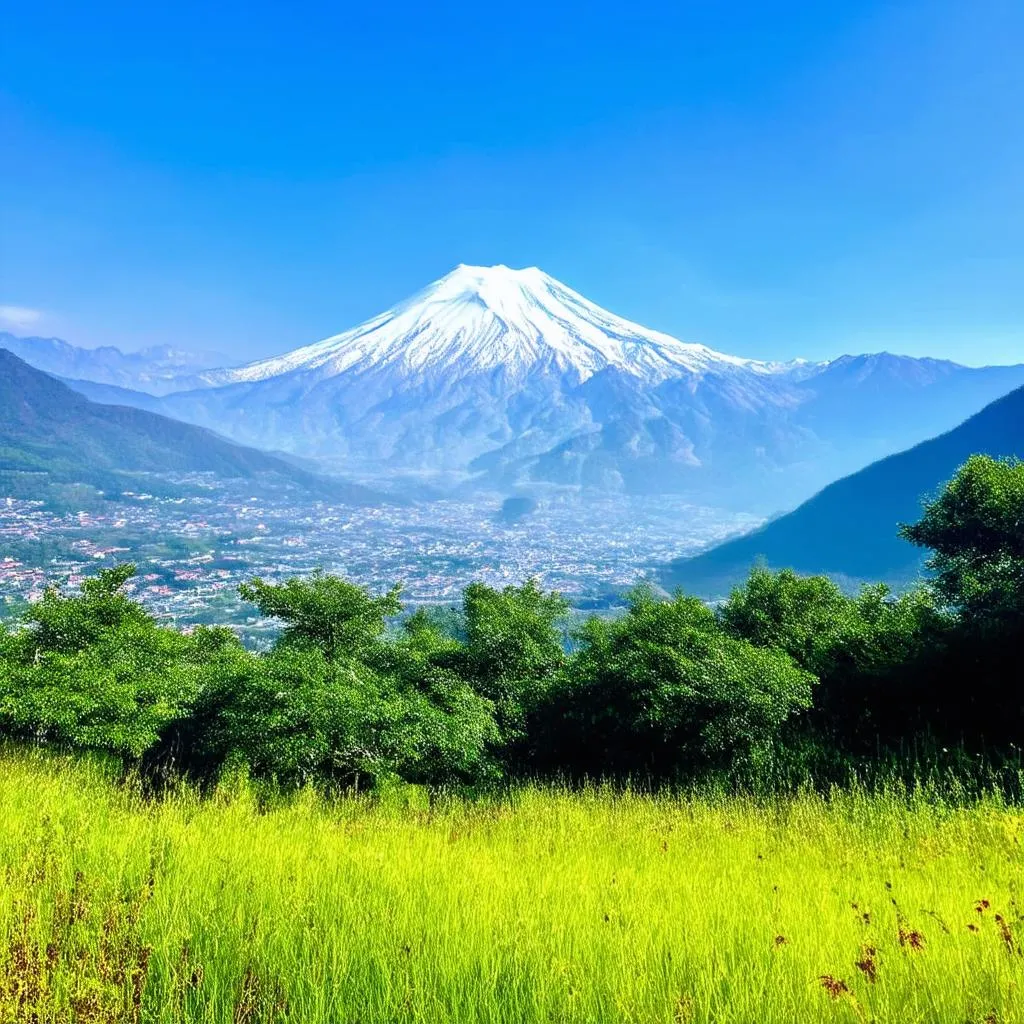 Lijiang Shangrila Mountains
Lijiang Shangrila Mountains
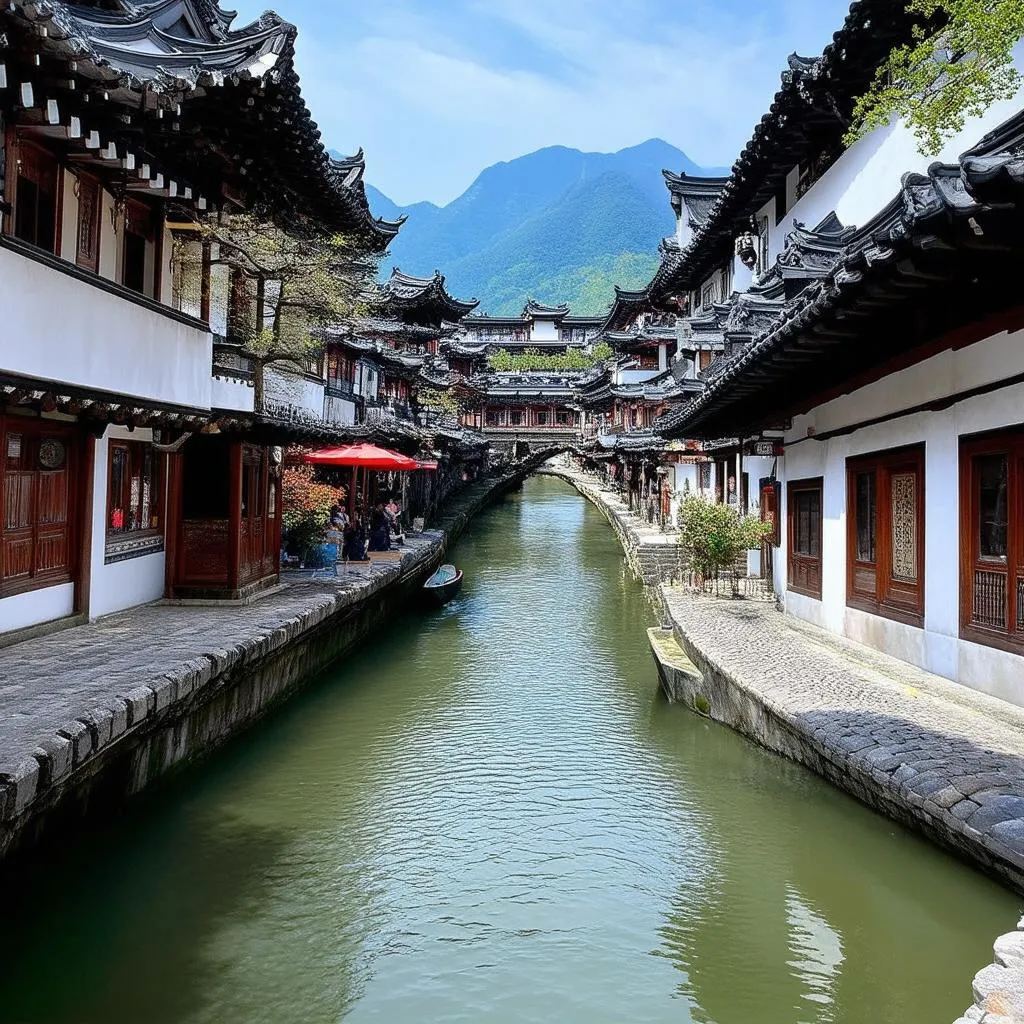 Lijiang Ancient Town
Lijiang Ancient Town
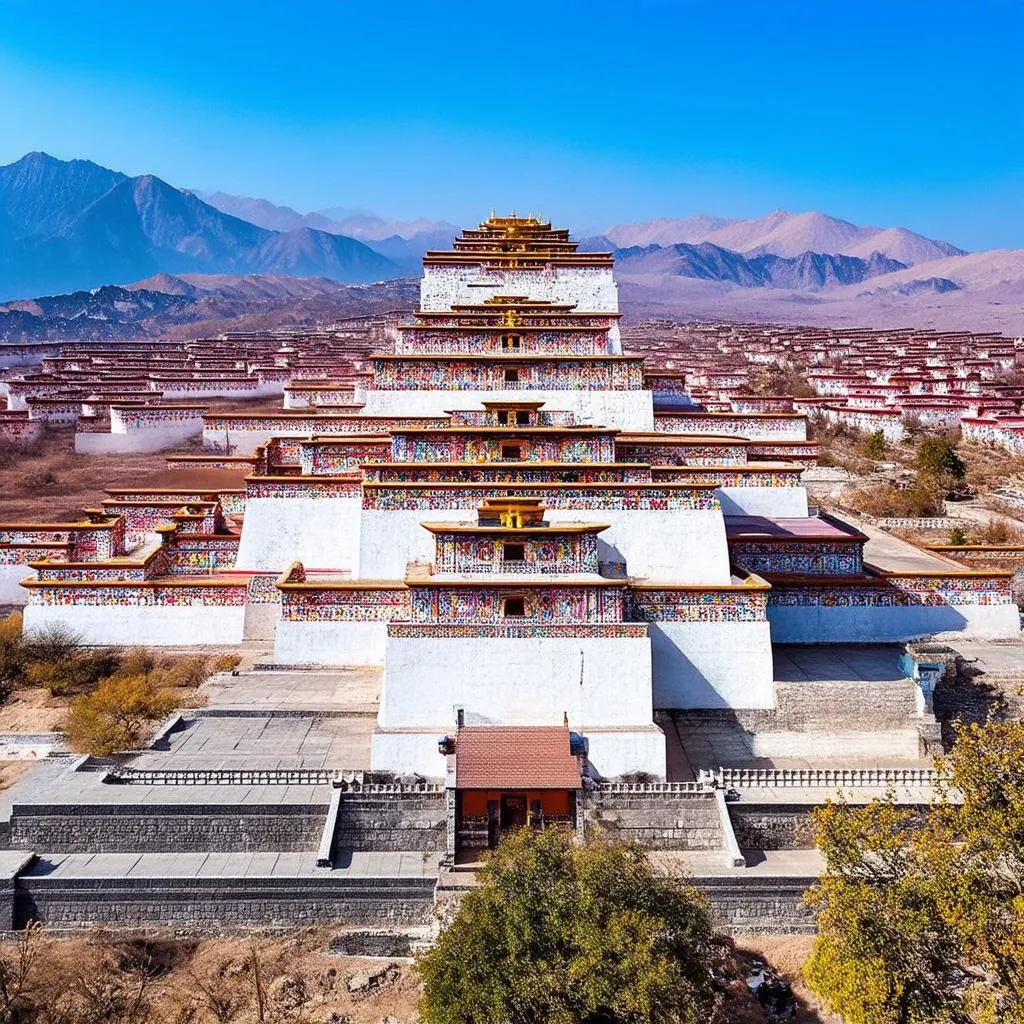 Songzanlin Monastery
Songzanlin Monastery
